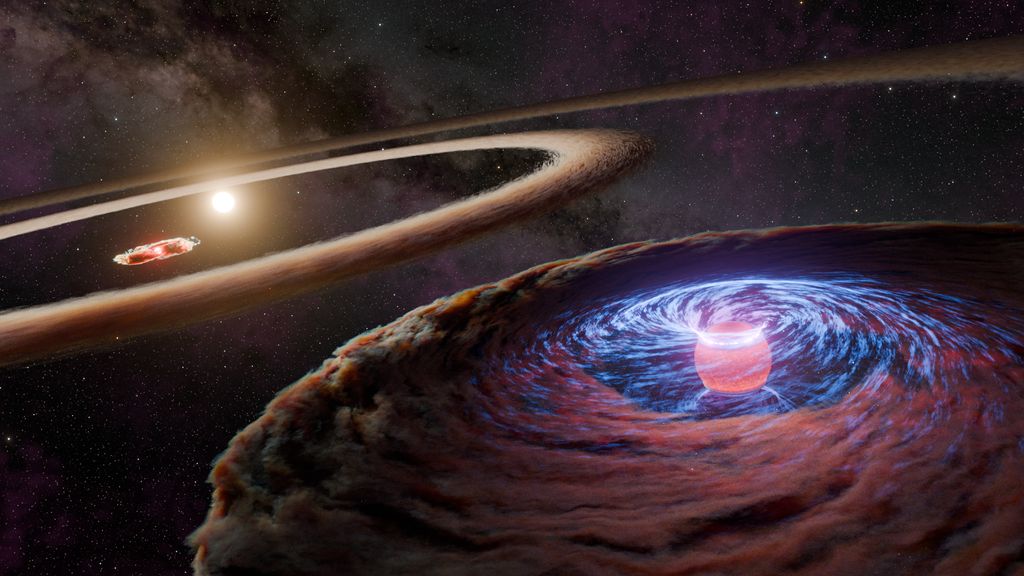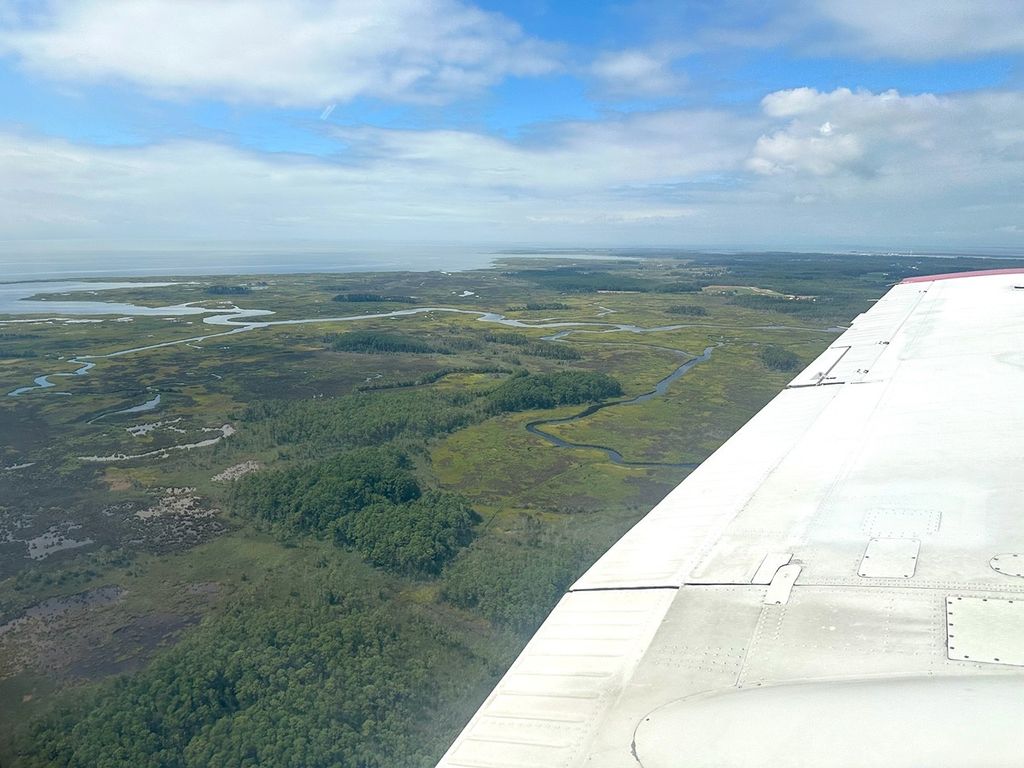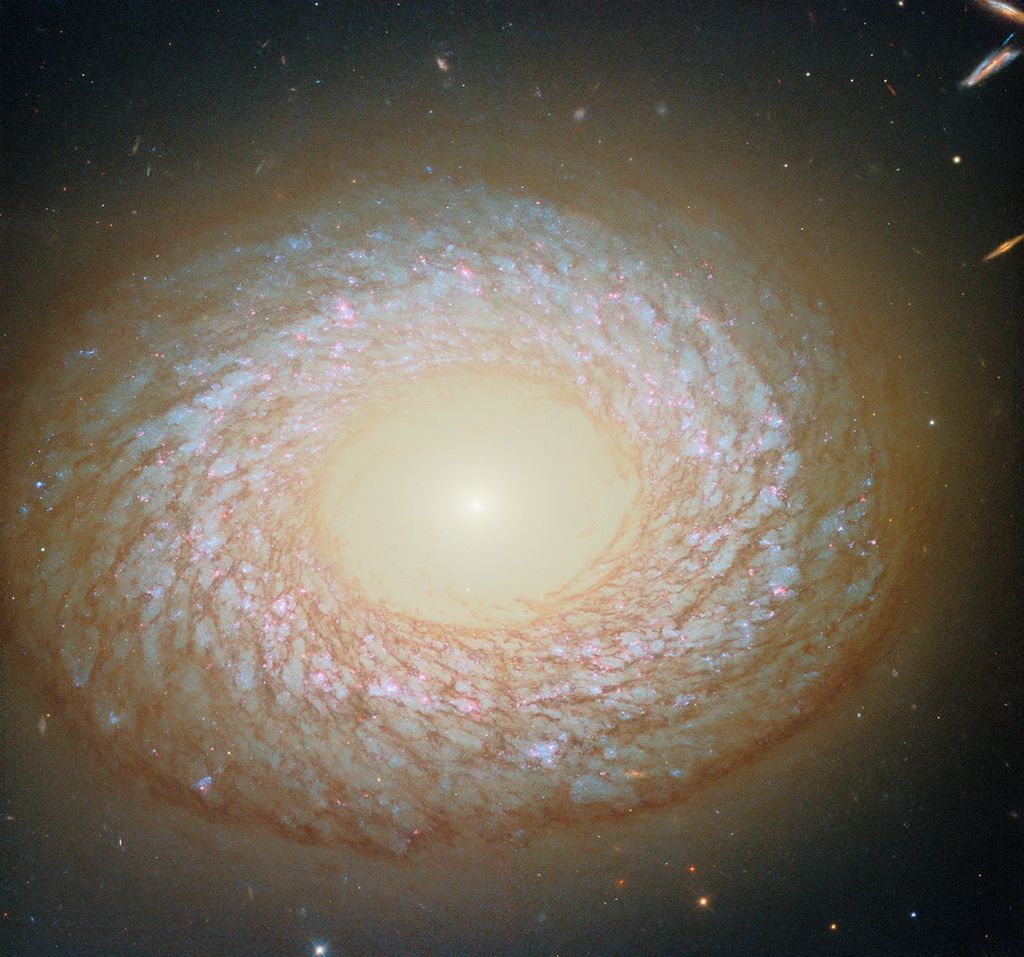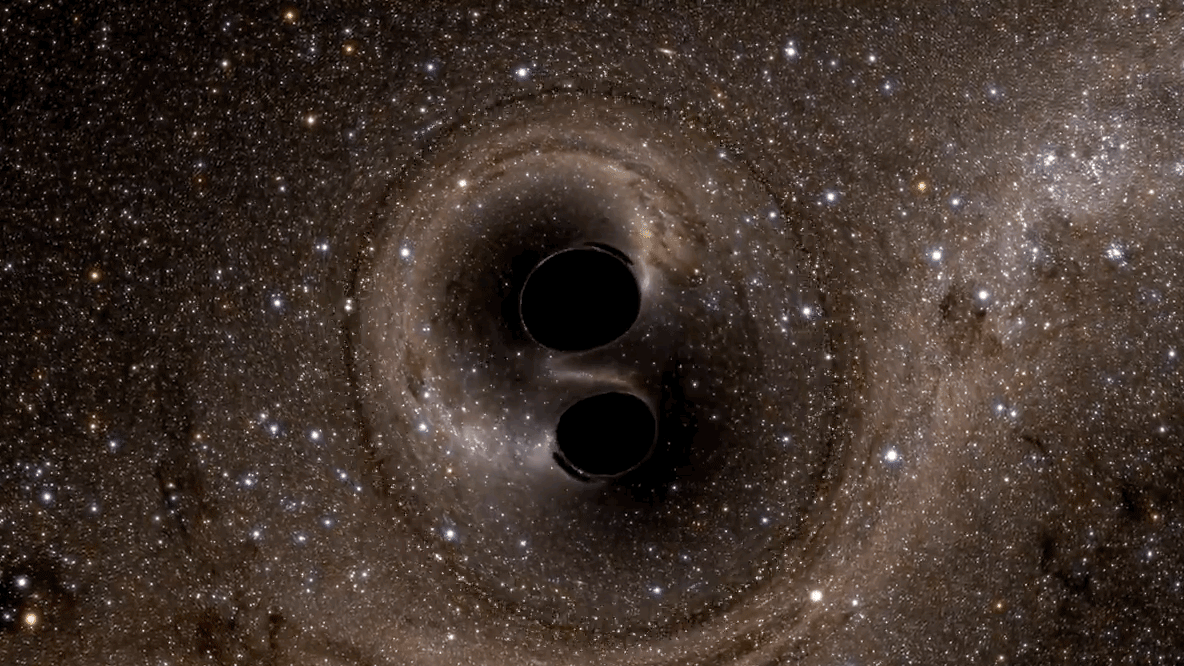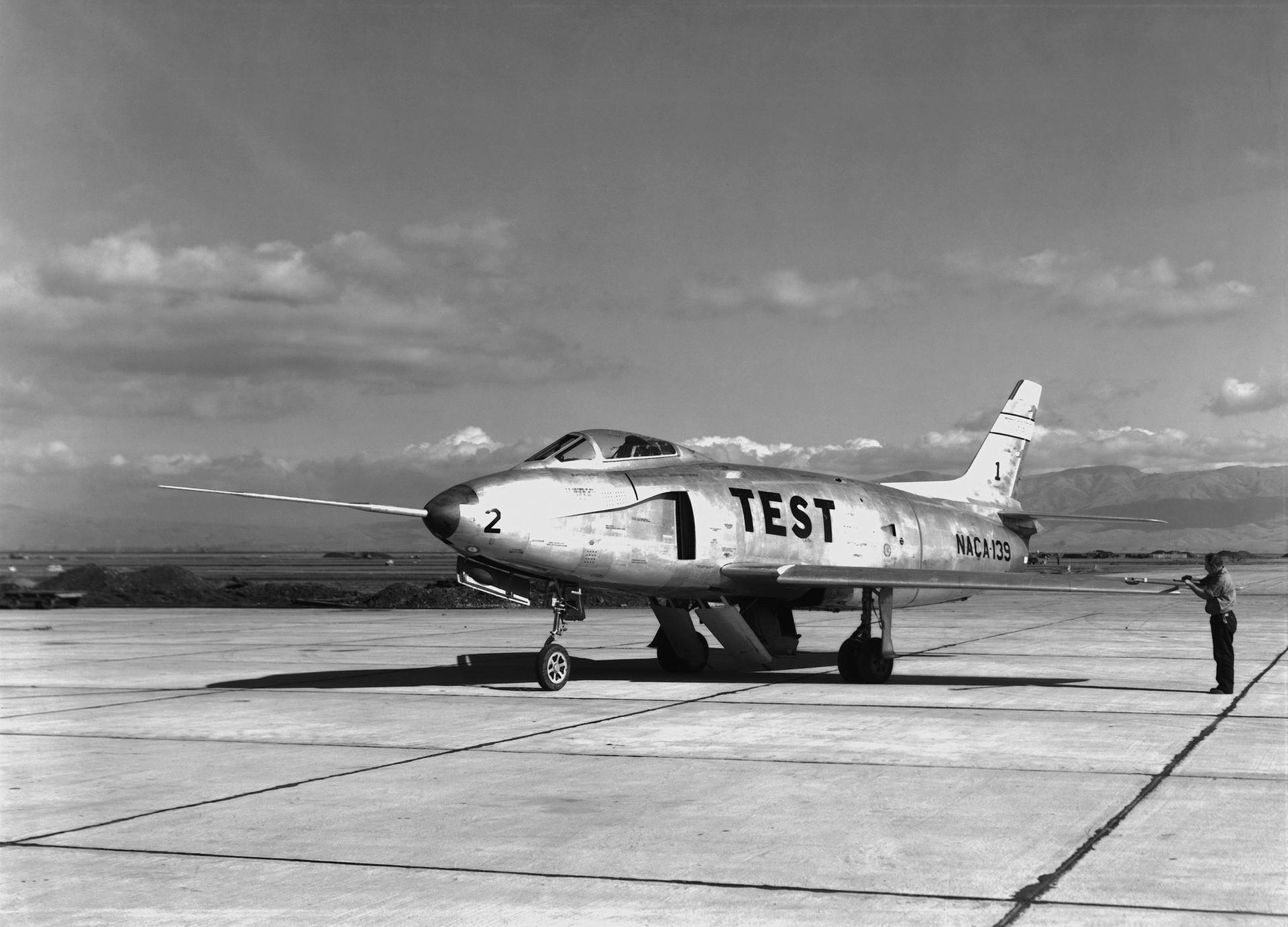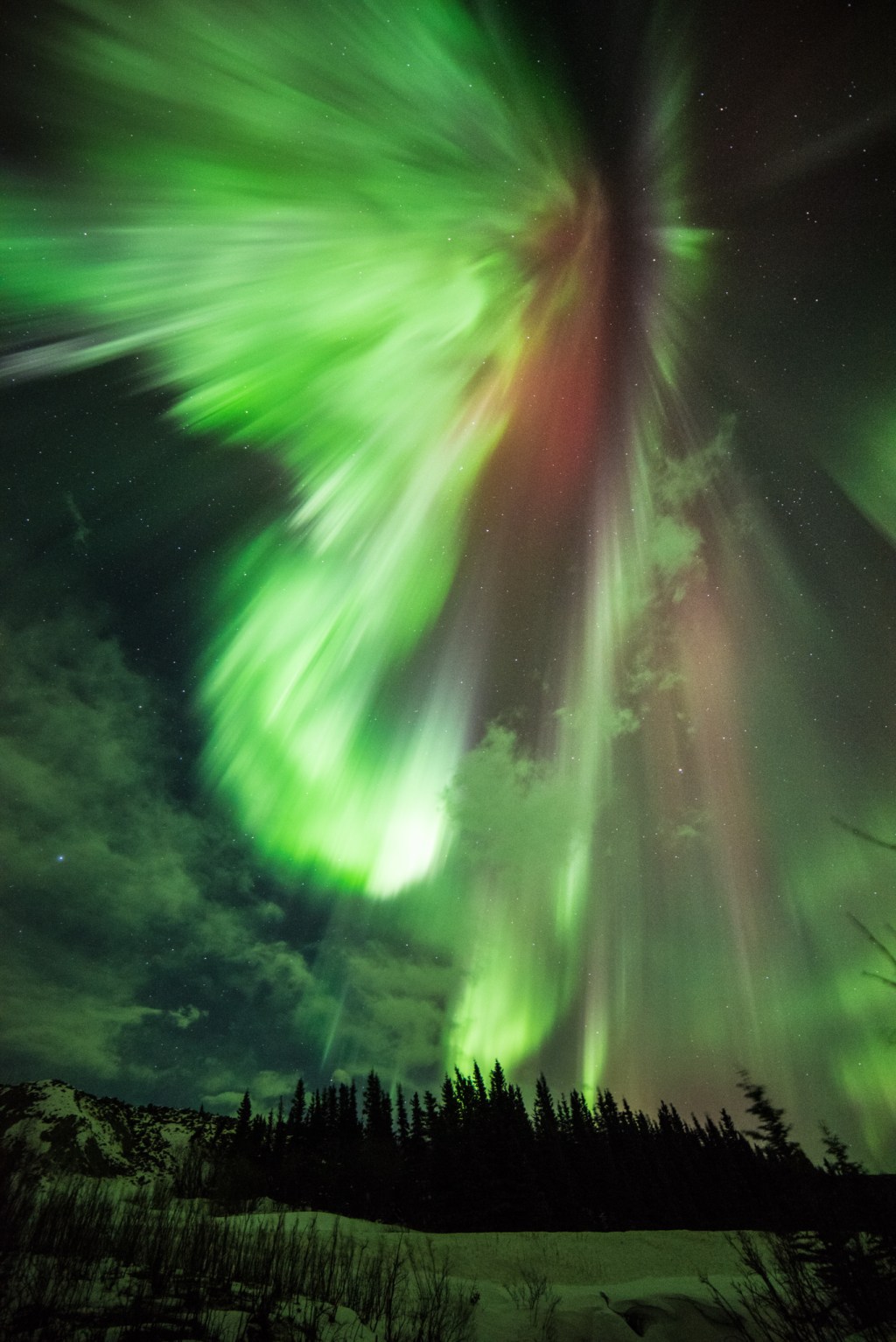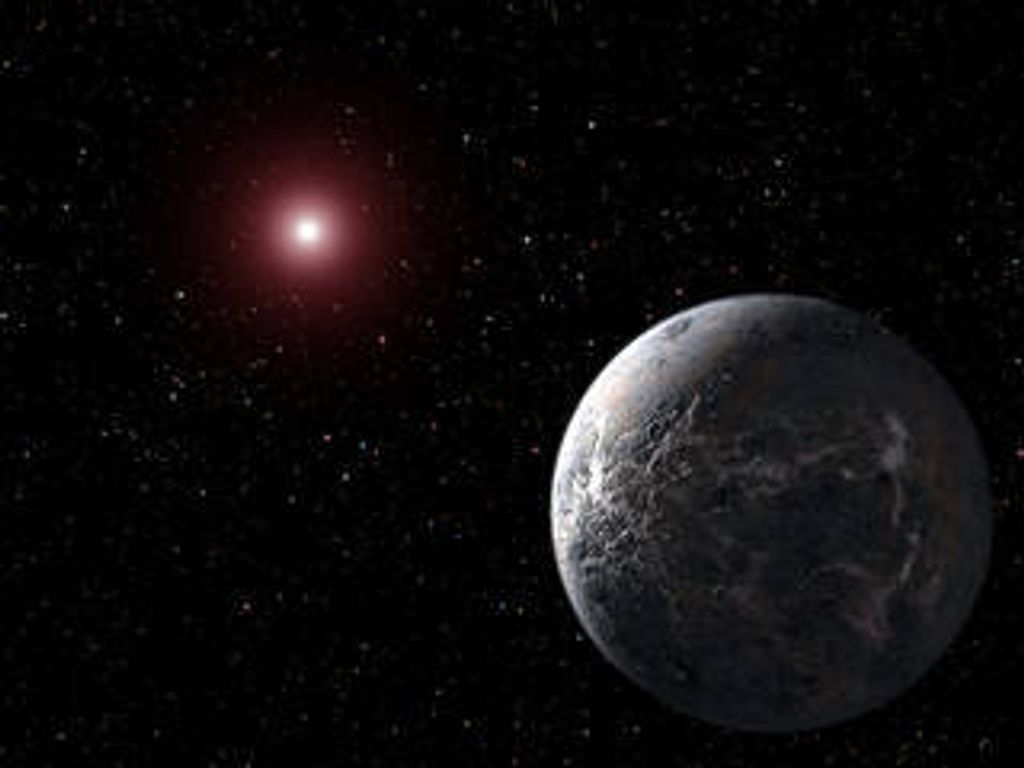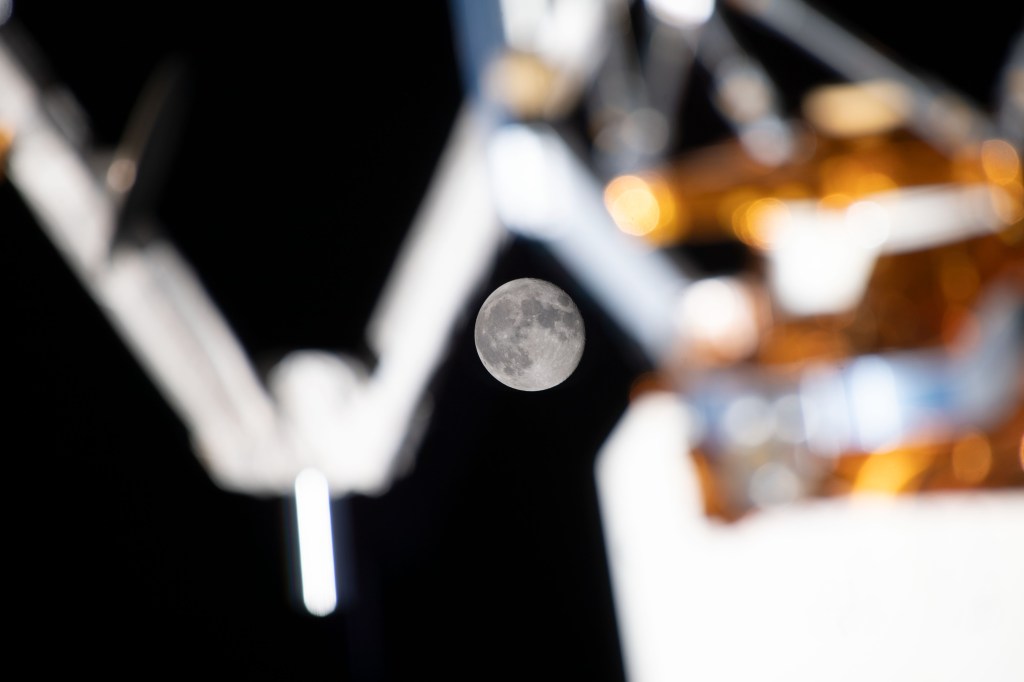1 min read
The Core of Peculiar Galaxy Arp 220 (Ground-based vs. Hubble)

[right] A ground-based telescopic photograph of the peculiar galaxy Arp 220 (image taken by K. Borne, H. Levison, and R. Lucas at USNO Flagstaff Station, Arizona) shows a curious double-lobed structure. This structure was first interpreted as two galaxies merging together, until subsequent observations with highly sensitive CCD detectors revealed a dust lane down the center which made the galaxy appear double lobed.
[left] A "true-color" image of the central pan of the Arp 220 taken with the WFPC on the Hubble Space Telescope. HST reveals a new complex structure within one arc second of the nucleus. HST reveals a new class of object at the core: gigantic young star clusters which are ten times larger than clusters previously observed. They were probably produced by the collision of two spiral galaxies. Stars are produced at a furious rate from the raw dust and gas supplied by the collision.
Astronomers have never before seen such a "starburst galaxy" so close-up. The core of Arp 220 promises to be a unique laboratory for studying the late evolution of massive stars.
About the Object
- R.A. PositionR.A. PositionRight ascension – analogous to longitude – is one component of an object's position.15h 34m 57.1s
- Dec. PositionDec. PositionDeclination – analogous to latitude – is one component of an object's position.23° 30' 11.0"
- Object NameObject NameA name or catalog number that astronomers use to identify an astronomical object.Arp 220
- Release DateJune 2, 1992
- Science ReleaseNASA’s Hubble Space Telescope Uncovers a Starburst Galaxy
- CreditE. Shaya, D. Dowling/U. of Maryland, the WFPC Team, and NASA
Related Images & Videos

The Core of Peculiar Galaxy Arp 220
An image of the central part of the ultra-luminuous infrared galaxy Arp 220 taken with the WFPC on the Hubble Space Telescope. HST reveals a new complex structure within one arc second of the nucleus. While part of the this structure was seen in radio interfero-metric maps, most...
Share
Details
Claire Andreoli
NASA’s Goddard Space Flight Center
Greenbelt, Maryland
claire.andreoli@nasa.gov

